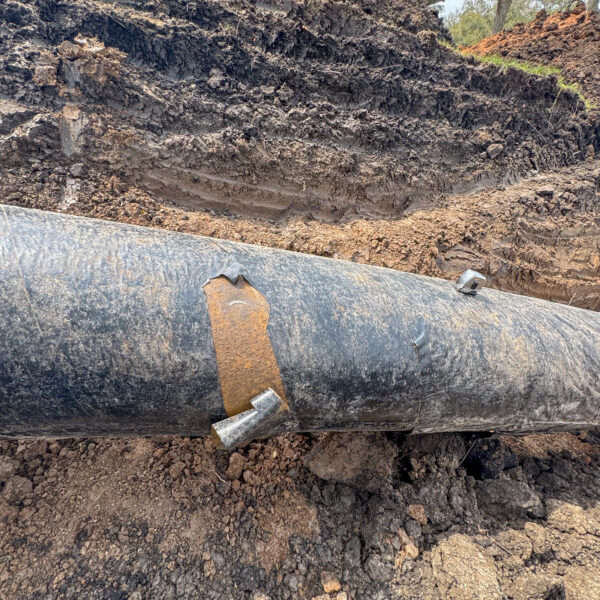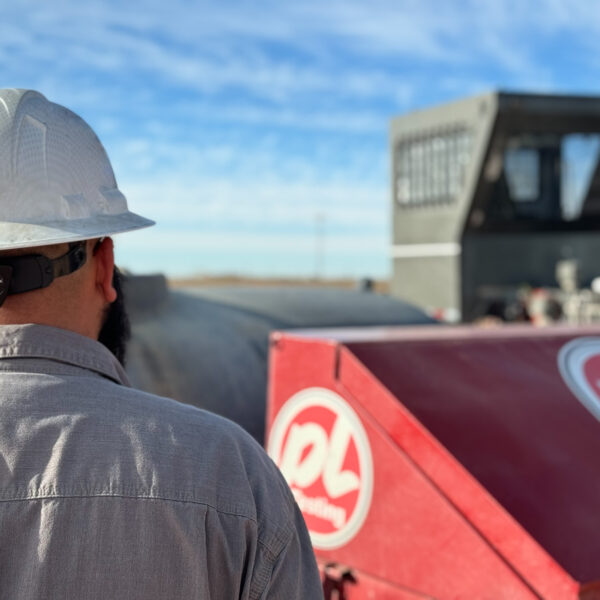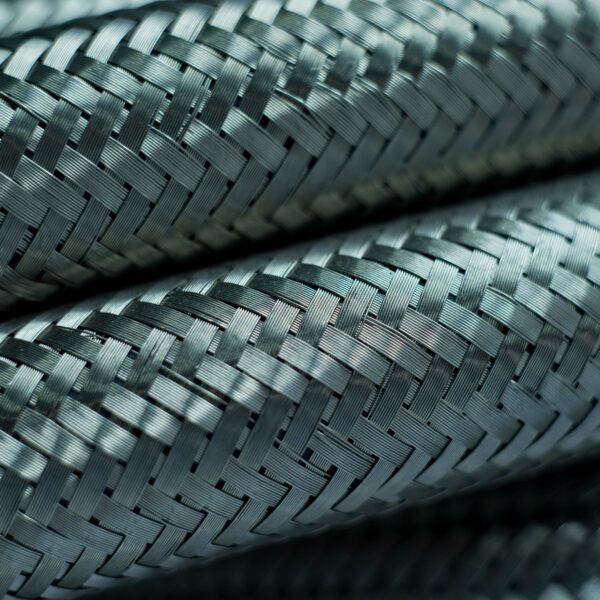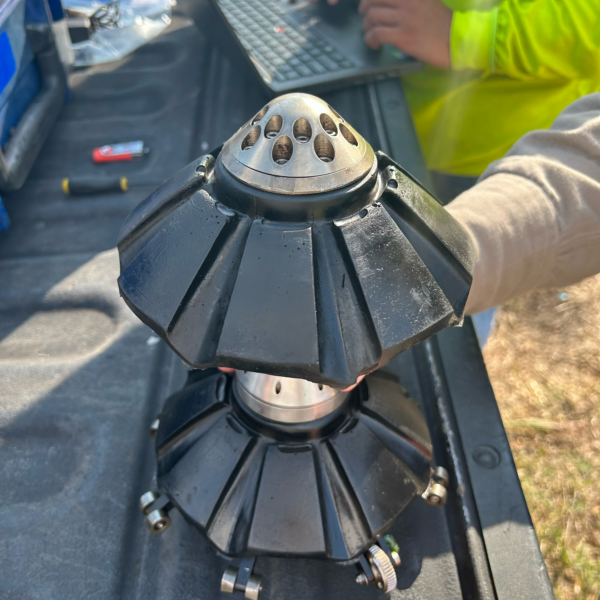Today, millions of people unknowingly live and work near pipelines. Transmission lines that were once installed over 60 years ago in largely uninhabited areas are now closer to bustling communities and expansive urban developments. Additionally, as populations grow and energy demands increase, newer transmission lines need to be installed to serve these demands. This increased presence around transmission lines magnifies the risk of accidents from third-party damage to transmission lines.
Understanding Third-Party Damage to Pipelines
Damage from third-party activities is one of the leading causes of serious incidents on gas transmission lines. From 1994 to 2014, 1,630 pipeline incidents caused by third-party damage were reported, resulting in 141 fatalities, 440 injuries, and over $300 million worth of property damage. Out of these incidents, a significant portion were from excavation damage, and a large portion indicated there was no notification made before the party started to dig.
These incidents jeopardize the immediate safety of the line and the long-term integrity. Mechanical damage from excavation degrades and reduces the functionality of the line. Common anomalies associated with third-party damage are changes to the pipe shape, wall thickness, localized stress and strain, and cracking. The consequences of these incidents can be severe, risking immediate safety and product loss through either:
- Immediate failure of the line due to the contact between the equipment and the pipeline
- Damage to the pipeline coatings, dents, or scrapes, leading to eventual catastrophic failure of the line
Importance of Proactive Measures in Pipeline Safety
To mitigate these risks, effective precautionary processes and integrity management systems are imperative. Operators employ various measures including the use of pipeline markers, right-of-way surveying, and monitoring systems to ensure fast response times.
One of the best prevention methods is making a one-call initially. All states have damage prevention laws requiring notifications prior to digging, but there are exceptions for certain activities and entities. These exceptions only increase the chance of pipeline failures.
In Action: Line Strike from a Third-Party
Even with preventative measures in place, the risk of third-party interference on a line is still present, and reaction time becomes imperative. The client needed a team that could act quickly. PL Testing took that call to perform a cold cut on the damaged line.
The homeowner had hired a fence contractor who hit the line with a fence post, producing a crack in the pipe. Gas started coming up, and the line had to be shut in. PL Testing mobilized crews within 12 hours and worked closely with the construction team and operator to excavate the line, locate girth welds, remove the damaged section, and replace it. Due to the line monitoring and fast reactionary time, disaster was able to be avoided.

Protecting Transmission Pipelines
As communities expand and energy demands grow, safeguarding transmission infrastructure against third-party damage becomes increasingly vital. Through strengthening awareness programs and informing the public to respect the right of ways, initiate one-calls, and report unusual activity or unauthorized excavations, lines can be protected, and safety can be ensured.



